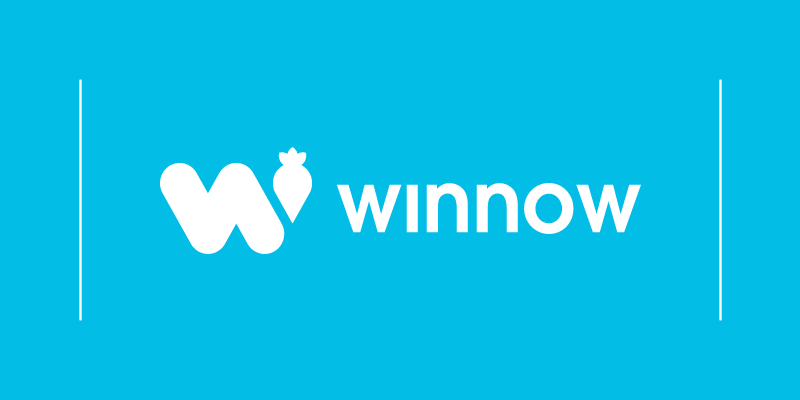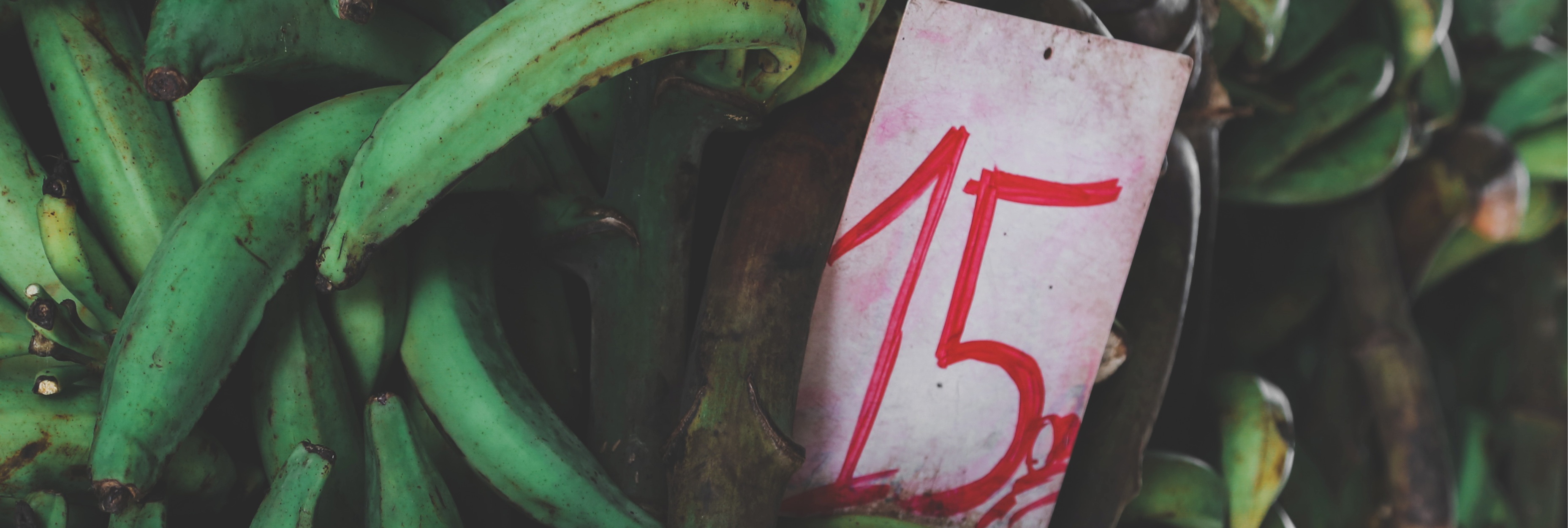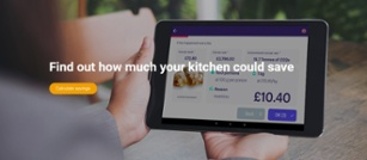Ok so let’s talk about the big stuff:
- 9.9 bn people on our planet by 2050 (a 33% increase in just 33 years)
- 75% will live in cities, earn more money and eat more meat
- Humanity will need to produce more food in the next 40 years than in the last 8,000 years
Frankly the issues can feel overwhelming. So where on earth do you start?
No group alone can meet the challenges we face, but somewhere between governments and wider society sits the role of business. From the global corporate to the entrepreneurial SME we all have a crucial and pivotal part to play. But how to relate these world-wide impacts to the day to day life of budget setting, meeting targets and developing staff? Well I truly believe that we can and we must bring the big stuff into our working lives.
Spot test
- What does sustainability mean in your organisation? If the answer still falls somewhere between staff volunteering and office recycling then consider yourself challenged. That’s not your business, that’s stuff you do around your business.
- What happens if you mention the “S” word to the sales team? Passionate debate, slight embarrassment or full-on eye-rolling cynicism?
- Where does sustainability sit in your product development? Right at the start, challenging the purpose of the product or closer to the end as thoughts turn to marketing, message and reputation?
- What weighting do you give sustainable procurement over a saving on unit costs?
Whatever the answers, the trick is to keep asking the questions. The real impact comes as we embed sustainability into business strategy, when it is one of the first questions we ask, every time.
Accept the challenge, take a clear-eyed view and ask yourself what matters to your business. Develop your sustainability message and then speak up. Be brave but beware of the dreaded “green-washing”. Celebrate your successes and be honest about the failures, transparency is key.
This is not about compromising the success of your business or your profitability. It is about getting the balance right and recognising that this is far more of an opportunity than a cost. We all know that what we measure we manage, so set yourselves a daring target (if it’s not scary you haven’t got it right yet!). Here’s some inspiration:
- DHL – transport-related target for zero emissions by 2050
- M&S – 50% cotton from sustainable sources by 2020
- Weetabix –already sourcing 100% of its wheat from farms within 50 miles of its factory, reducing food miles and ensuring stewardship
- Accor Hotels - announced that it would reduce food waste by 30% by 2020
Some tips to get started
- Check out the Corporate Responsibility Index from Business In The Community (BITC). Focussing on responsible business, the questions they ask for their benchmark can be a useful measure against best practice.
- EP are a driving force in the hospitality space but every sector is talking sustainability so check out Innovation Forum, publishing timely articles about new ideas and importantly new legislation.
- Find your internal champions. Ask your employees what they believe matters; just don’t be surprised if they want to double your targets.
Do you have any other tips for businesses trying to employ a range of sustainability practices? Share them with us in the comments below.
---------------------------------
 Hannah Dickinson is the founder of What We Do Matters (WWDM Ltd) a specialist consultancy working with organisations to develop their sustainable business strategy and articulate their message as a responsible employer, partner and supplier.
Hannah Dickinson is the founder of What We Do Matters (WWDM Ltd) a specialist consultancy working with organisations to develop their sustainable business strategy and articulate their message as a responsible employer, partner and supplier.
“An organisation’s values and more importantly its behaviours are under ever-increasing scrutiny from all stakeholders and the requirements for transparency just continue to grow. But the drive to improve sustainability is not simply a concern about reputation. At its best, it is the nurturing of a truly inclusive culture and the innovation that results, it is the belief that a successful business serves both itself and the wider society, and it is the knowledge that how we behave today will have a lasting impact on the future of our world.”
Photo credit: Tadeu Jnr via Unsplash









Comment on my blog